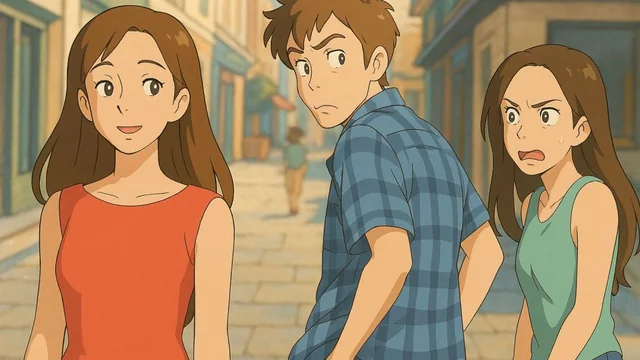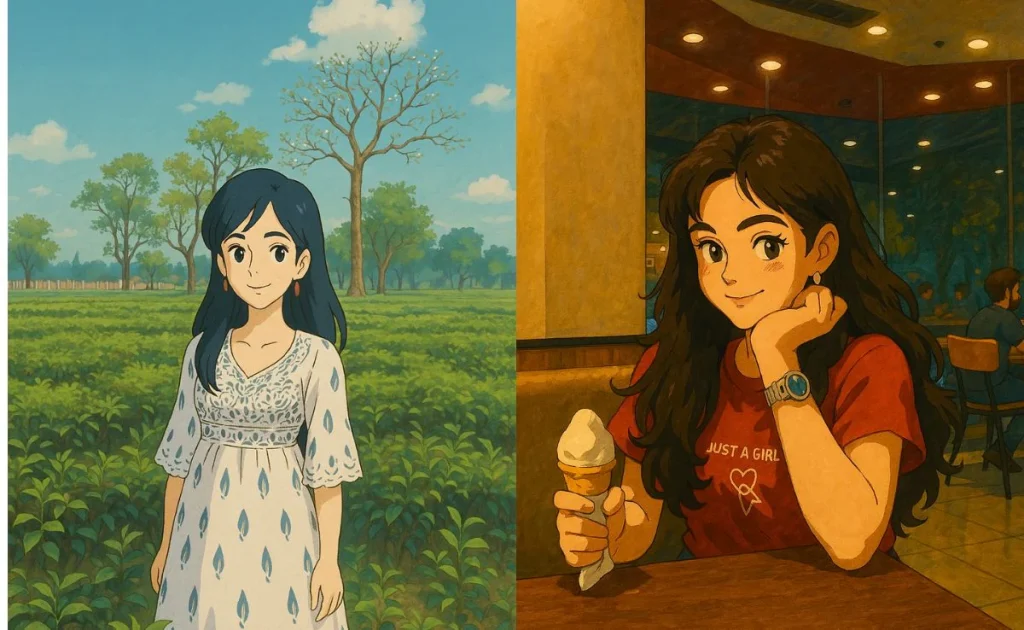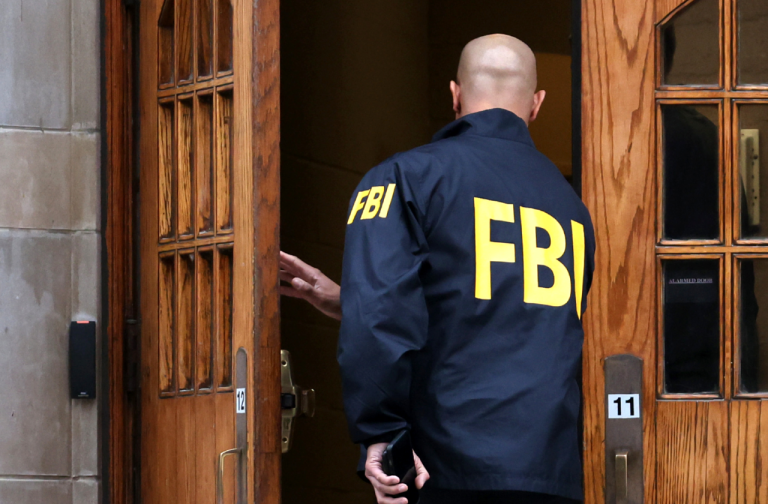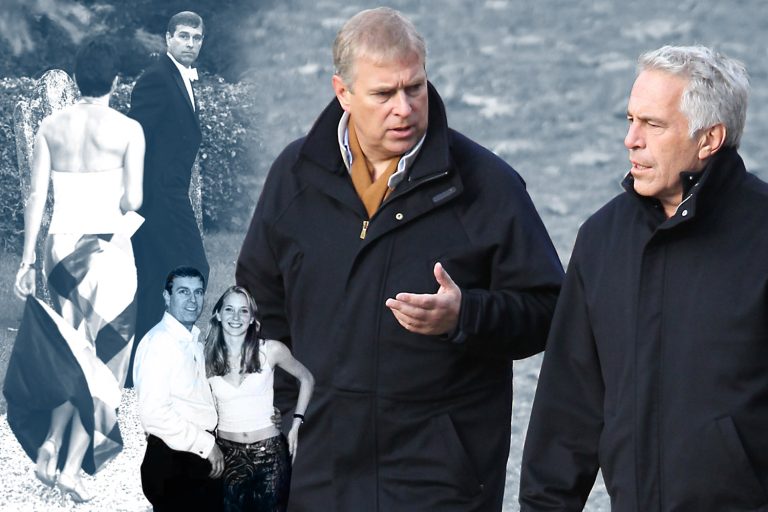
A growing number of experts believe OpenAI may have quietly enlisted high-profile influencers and celebrities to fuel the viral Studio Ghibli AI trend. But to what end?
Some speculate the entire phenomenon was a strategic effort to amass a vast dataset of human faces. With millions eagerly uploading AI-generated portraits in the beloved Ghibli style, OpenAI may have acquired an invaluable pool of training images—without users realizing the full implications.

Key questions remain:
– Was this an organic trend, or a calculated move to harvest personal data?
– Could this be one of the largest AI-driven social experiments to date?
– What happens to these images now, and how might they be used in future AI developments?
Brilliant marketing or a concerning privacy breach? Let us know where you stand.
Brands Turning to Authentic Artists as AI Fatigue Sets In
As AI tools like ChatGPT continue to evolve at breakneck speed—often without clear ethical boundaries—some experts believe this rapid expansion is pushing high-end brands in the opposite direction.
“There’s a noticeable shift among luxury brands—fashion houses, boutique hotels, fine dining establishments—toward commissioning work that feels distinctly human,” says Cockley. “They want something that visibly bears the artist’s touch, a contrast to the mass-produced aesthetic of AI-generated content.”
According to him, AI is increasingly seen as a budget option, lacking exclusivity. “It’s being associated with mass production, which is devaluing it in certain markets,” he adds.
This trend stands in stark contrast to how artists are engaging with social media. “Right now, creatives are expected to step forward, to show their process, their faces, and their personal involvement in the work,” Cockley explains. “Clients aren’t just paying for the art—they’re investing in the artist’s presence and the narrative behind the work, something AI simply can’t replicate.”
Beyond a preference for human craftsmanship, many luxury brands are also rejecting the distinctive aesthetic of AI-generated art. Cockley refers to this as “super-reality,” an overpolished, hyper-detailed look that feels trendy but lacks longevity. “High-end clients don’t see it as timeless; they see it as a passing fad.”

Artists Fight Back Against AI Overreach
While discussions about AI and intellectual property continue, some artists are taking matters into their own hands.
Tonia Samsonova, founder of Exactly.AI, has developed a platform that allows creators to maintain ownership over their digital models. Artists can use these models in their own work or make them publicly available for licensed use, ensuring they are compensated when their style is replicated.
After recent ChatGPT updates, Samsonova isn’t holding back in her criticism of OpenAI’s approach. “What they’re doing isn’t just reckless—it’s unethical,” she says. “It’s forcing many creative agencies and publishers to implement strict no-AI policies.”
One of her main concerns is OpenAI’s style transfer tool, which she argues enables easy replication of existing artwork. “It was entirely predictable that people would start screenshotting artwork to generate derivative pieces. That’s not progress—it’s theft. It allows the unauthorized duplication of an artist’s life’s work, not just through AI training but by mimicking their style in just a few clicks.”
She’s also deeply troubled by OpenAI’s stance on ownership. “Claiming that users own what they generate with these tools completely disregards the rights of the original creators.”
For Samsonova, the path forward is clear: ethical AI development that protects artists. “We’re working to undo the damage OpenAI’s model has created, proving that technology can evolve without exploiting creatives. Ethical innovation isn’t just possible—it’s necessary.”



